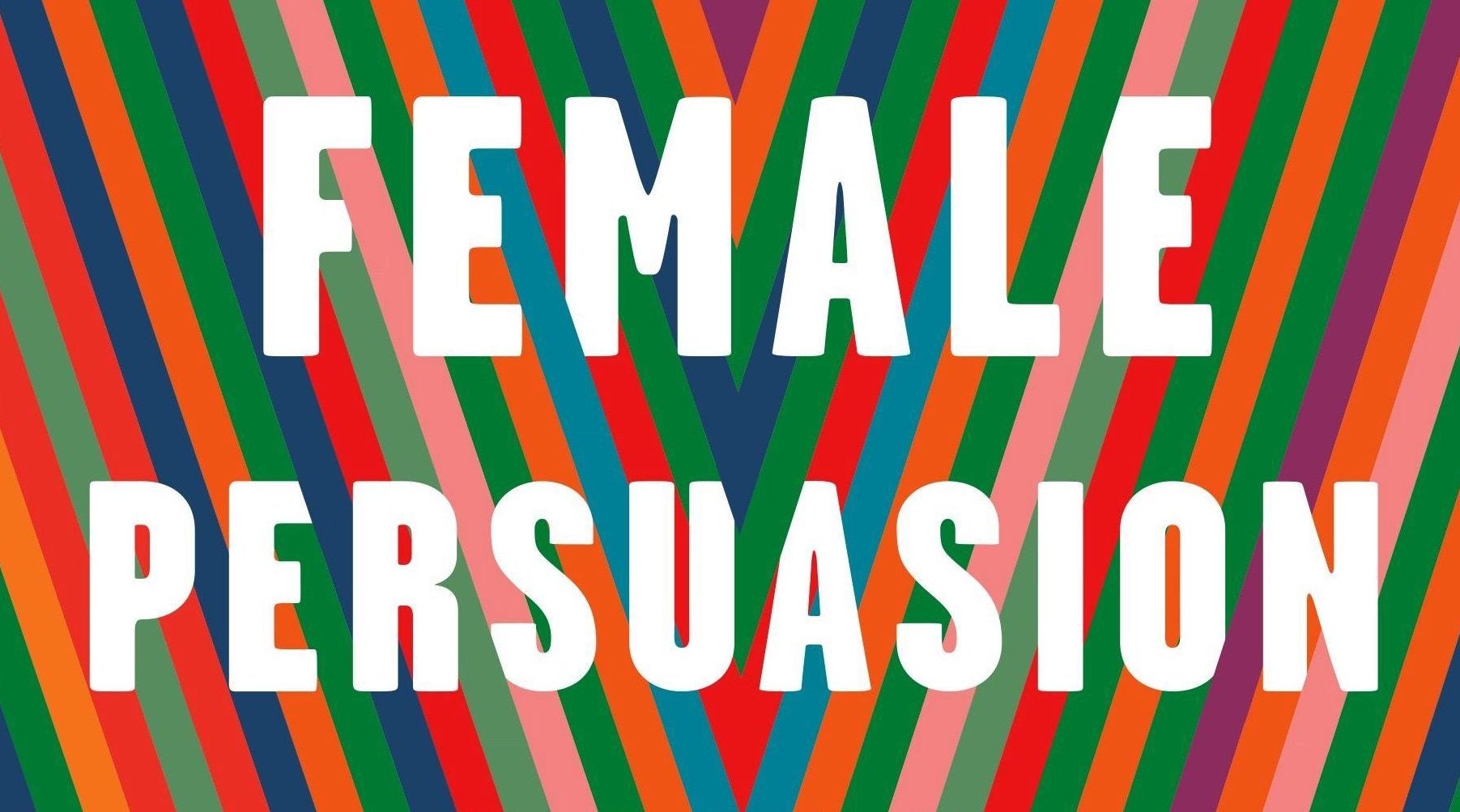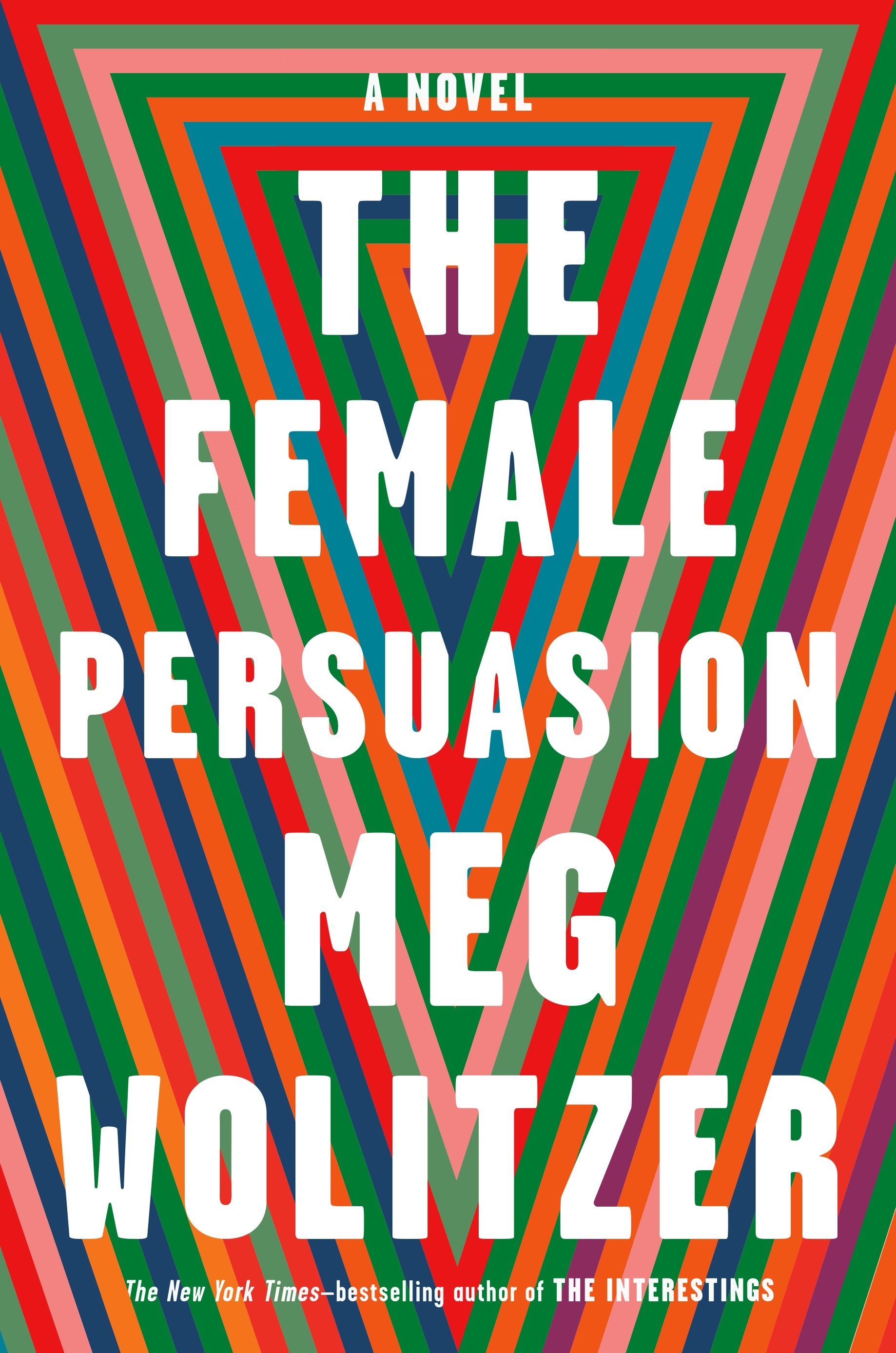Meg Wolitzer’s “The Female Persuasion” deftly holds up a mirror to white, privileged feminism
“I think there are two kinds of feminists. The famous ones, and everyone else.”


“I think there are two kinds of feminists. The famous ones, and everyone else.”
This epigrammatic line in Meg Wolitzer’s new book, The Female Persuasion, out today from Riverhead, sums up one of its central questions: What is the cost of seeking accolades for activism?
The Female Persuasion‘s protagonist, Greer, is a straight white woman who spends her childhood lost in novels, an overachieving Ivy-bound Connecticut darling, despite her spacey, hands-off parents. Her story is told from multiple perspectives as she heads to college, and then into the New York City workforce, carrying readers across Greer’s twenties and depositing us on the other side of 30.
Greer’s mentor is Faith Frank, a Gloria Steinem-era icon of second-wave American feminism, admired by legions of young women looking for purpose—not for her intellect or vision, but for her abundant, generous magnetism. Faith, now in her early seventies, is watching her 40-year-old women’s-liberation magazine slip into oblivion as she makes a pact for a new project with a white male VC.
The much-anticipated novel from the author of The Interestings shows two women caught in a tense moment of mutual hypocrisy and moral compromise, themselves stand-ins for one generation of feminists handing the baton to the next, women who soon realize they’re inheriting a world still dominated by men and money. Greer and Faith thus find themselves stuck in a middling brand of feminism, somewhere between 1960s political activism and the intersectional feminism seen online today.

To that end, The Female Persuasion gently and lovingly satirizes all who dare to carry the banner for a cause. The breezy novel skewers mainstream contemporary feminism, which is depicted as an agent of a corporate, celebrity-endorsed white savior complex. Even feminist heroes of the 1960s and 70s, radical women with concrete political goals—free access to free abortions, 24-hour childcare, and equal opportunities at work and school—are reduced to running a “high end lecture bureau.”
It’s here that the novel makes its case, carefully scrutinizing today’s white, privileged corporate feminism. Youthful optimistic advocates looking for vaguely defined purpose get jobs working for slick, canapé-filled conference series, a form of inspiration theater where endlessly summit-ing rich women do little more than pat themselves on the back:
“I’m not sure we’re doing anything, Faith,” Greer said. “I like to think we are,” she added quickly. “It’s hard to know how much we ever did, quantifiably. We don’t have a product.”
Wolitzer shows deep empathy for her often well-intentioned characters, while simultaneously making fools of each of them. The characters’ naiveté can be incisively cringe-inducing, but more than once, the narrative voice wavers, and the reader is left wondering if the equivocating belongs to Wolitzer or her characters.
Wolitzer’s writing is uneven and unnecessarily specific at times, even about the most minor of characters (“Logan and his girlfriend Jen lived on the upper floor of a house on Fruit Street with their fiddles, their cat, and canisters of bee pollen that stood in gleaming granularity on the kitchen counter”). At other times, the writing is vague and passive—a central character wears “an expensive tie”; Greer smells “the scent of this very rich man and realized it was unambiguously exciting, or at least exotic.” A major plot point is too pat, echoing The Devil Wears Prada, and unconvincingly, nobody in the novel struggles financially for very long. The work truly necessary for success is quickly glossed over.
Still, The Female Persuasion is absorbing, a page-turner that neatly layers gaps of information to add up to a full, multi-generational drama. The characters’ desperations and tensions are pleasantly uncomfortable, especially those between the book’s three youngest characters: Greer; her boyfriend, Cory; and her friend, Zee.
It is Zee, one of the novel’s most sympathetic characters, who says the line at the top of this story. She also seems to have the final say on ordinary people who believe in an equal world for women, and at one point praises what she defines as all the non-famous feminists: “Everyone else, all the people who just quietly go and do what they’re supposed to do, and don’t get a lot of credit for it, and don’t have someone out there every day telling them they’re doing an awesome job.”
Toward the end of the novel, Wolitzer puts her finger directly on the kind of mainstream feminism we’ve had for the past decade, where policy is replaced by mentorship, mantra-driven “platforms,” and business books of the Lean In variety. Even with Zee’s assertion, the reader is left thinking that while idealists may give up the public back-patting, anyone who wants to survive should get busy getting branded.